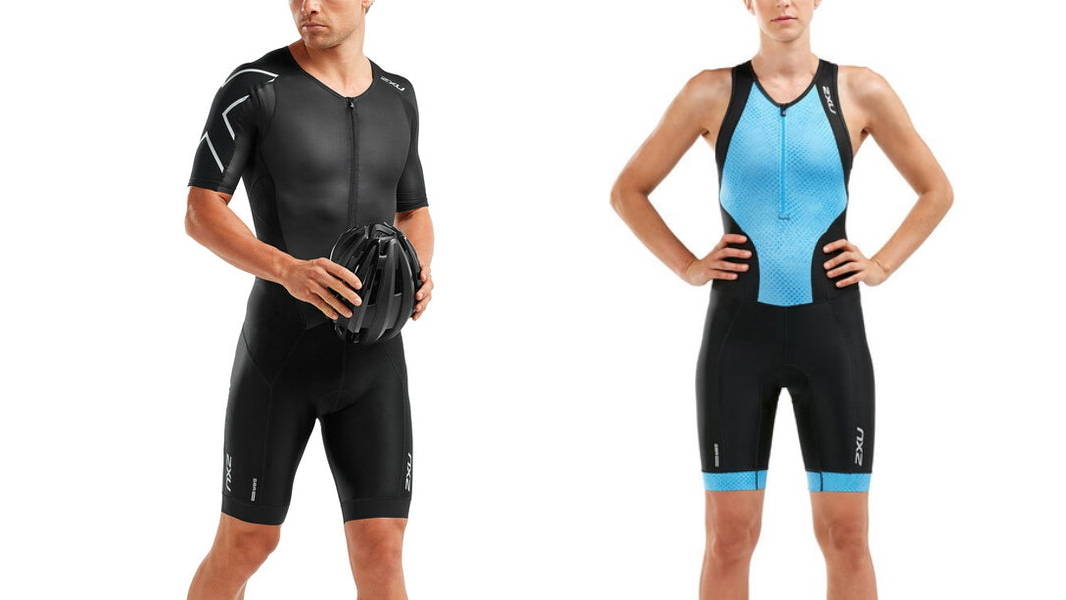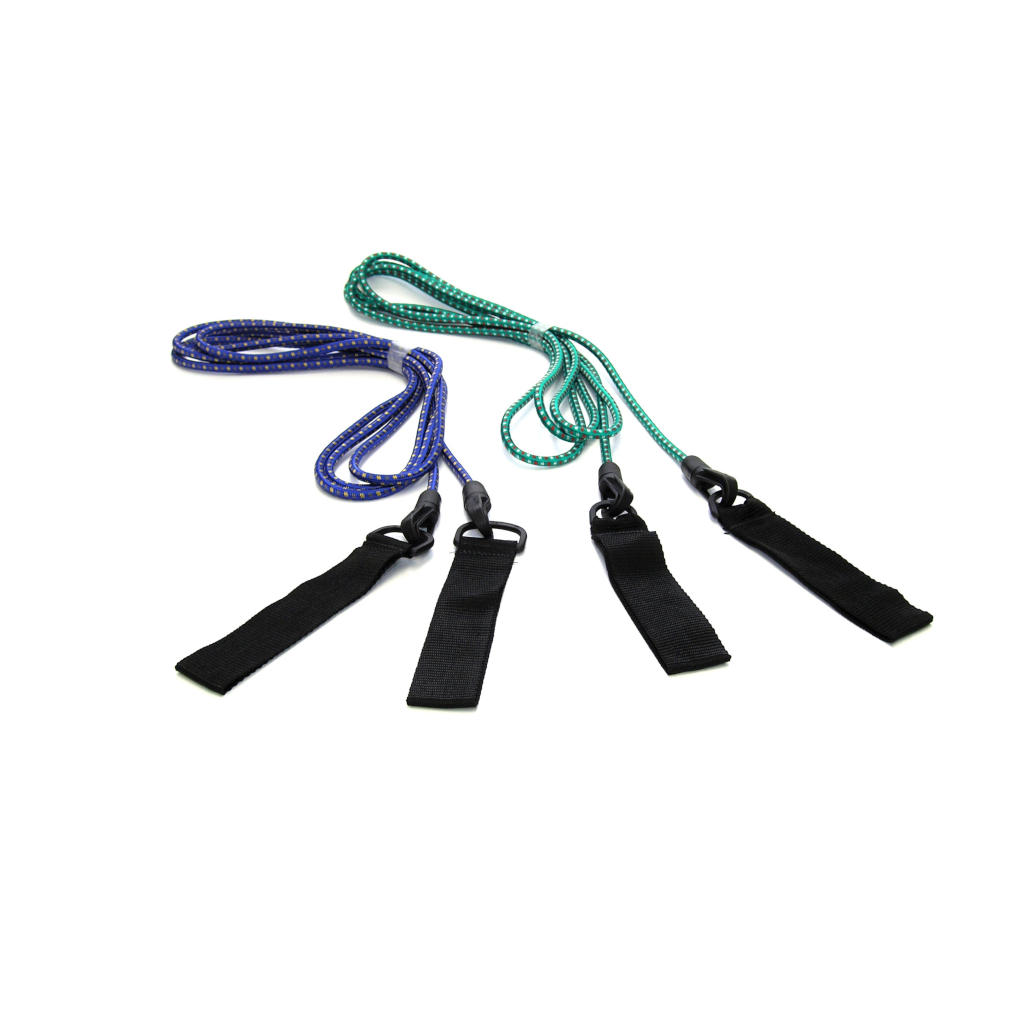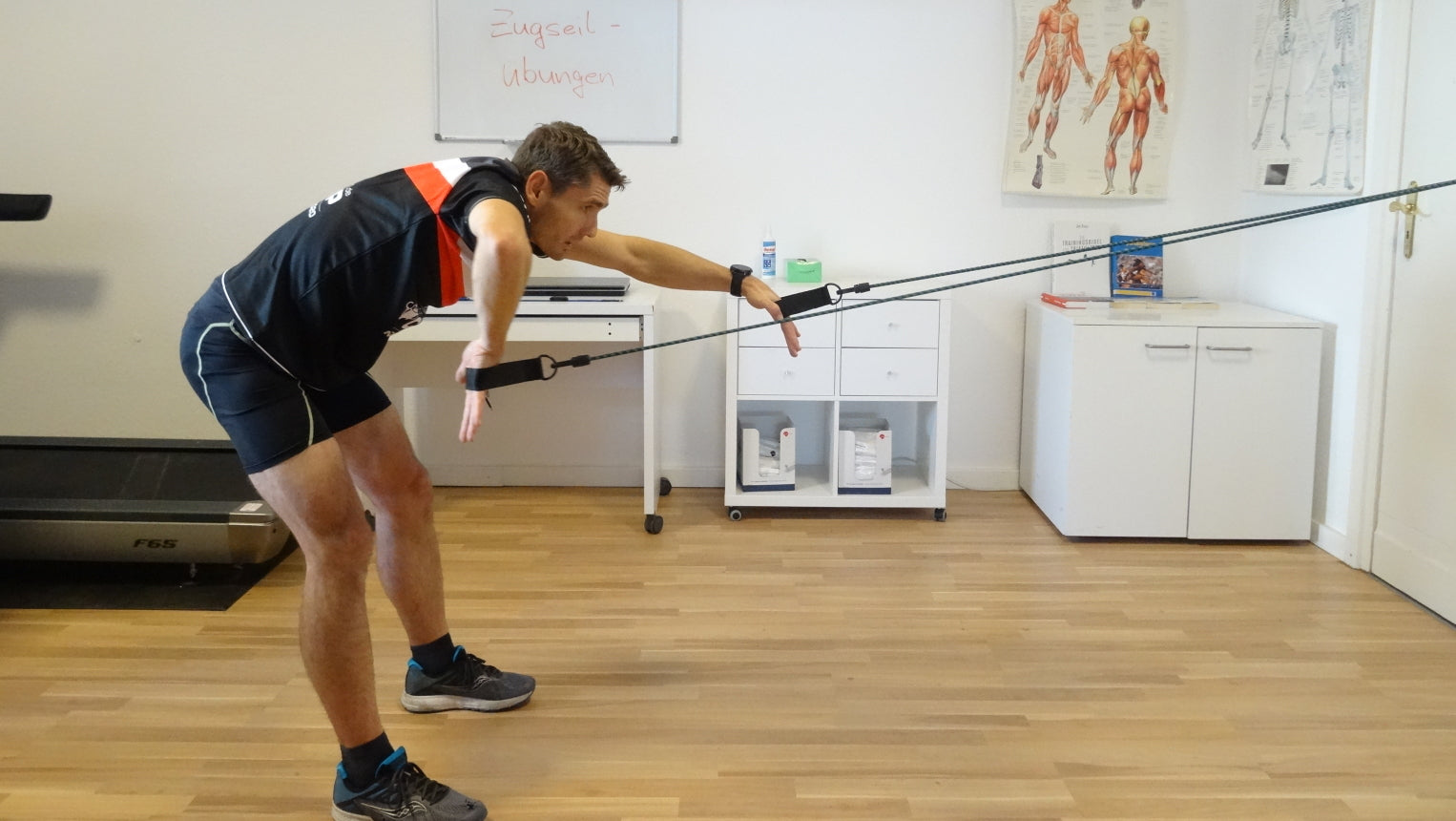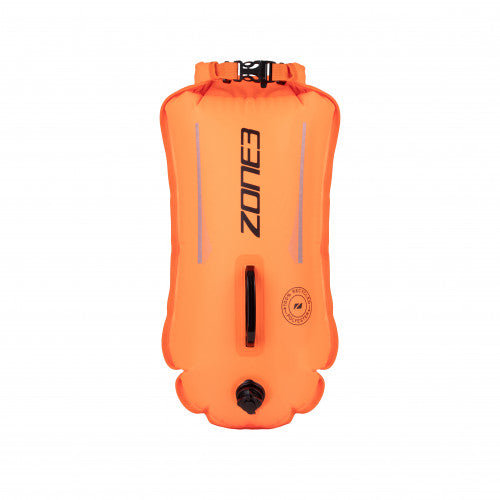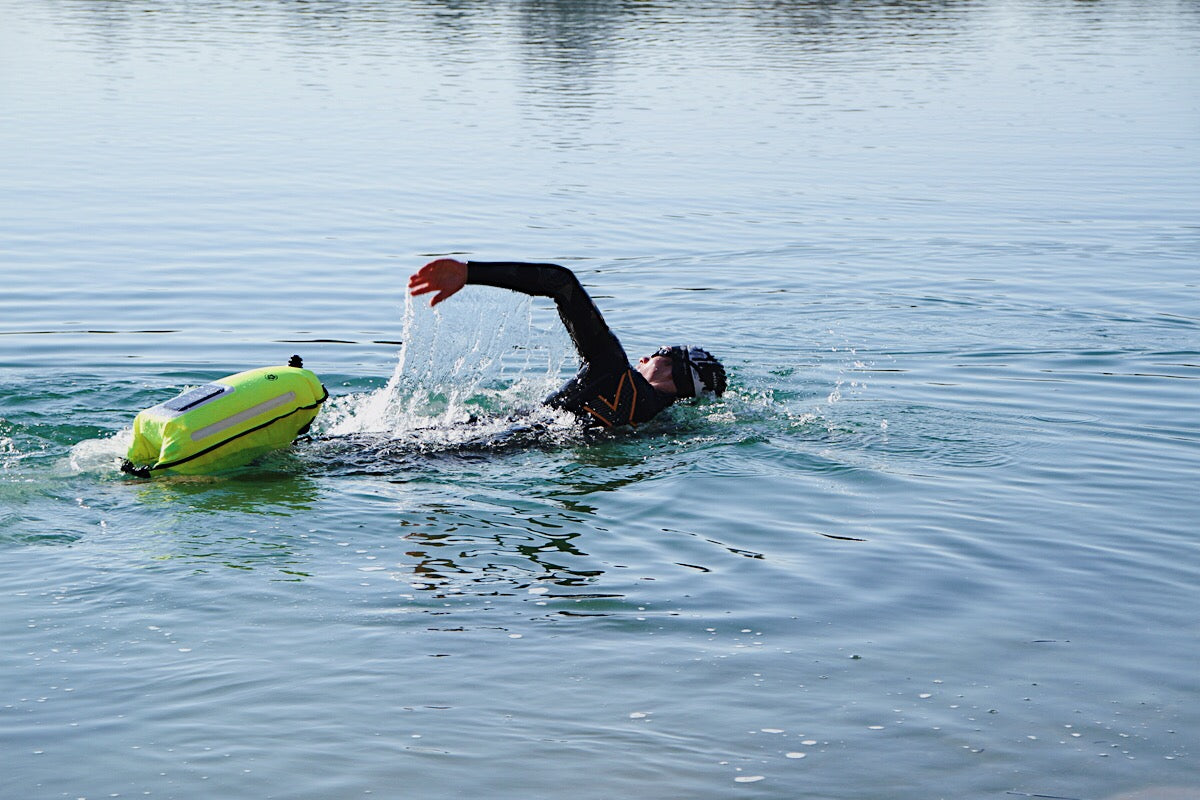A triathlon one-piece suit usually accompanies the athlete for several hours through the competition and must therefore be able to cope with all the demands of swimming, cycling and running. In this article we will show you what makes a good trisuit and what the main differences between different trisuit variants are.
With or without sleeves?
- with sleeves offers more sun protection when cycling and running on the back and over the shoulders
- with sleeves = improved aerodynamic effect, since the suits are mostly designed as "aerosuits".
- without sleeves = more freedom of movement in the shoulder area, especially important when swimming
Depending on the race, there are guidelines that a suit must meet, but choosing a trisuit is purely a matter of taste.
But what distinguishes a good trisuit?
1. Material of the suit
The surface of the trisuit is important for water and air resistance. High-quality trisuits offer better aerodynamics and hydrodynamics. If a neoprene is worn over the suit when swimming, the textile does not play a role in the water resistance. The most important aspect, however, is moisture transport. The fabrics of high-quality trisuits transport moisture to the outside faster. When it's cold, the body stays warm longer because the cold sweat is wicked away. In summer, the moisture evaporates and cools the body. As a result, the body temperature is optimally regulated in all weathers.
2. Seat pads
The seat pads in one or two-piece suits are significantly smaller and thinner than in normal cycling shorts. The reason for this is that in triathlon competitions, swimming and running have to be mastered with the trisuits. Thick padding in a suit would soak up water when swimming and limit the athlete's legroom when running. A quick-drying and antibacterial insert is sewn into high-quality suits so that the pad does not become a "disturbing factor" even after many hours of competition.
3. Stitching and Zipperp
Since the trisuit is not always handled carefully in competition, the seams and the zipper should also be resilient. Also very important, the processing of the seams. Because of the tight fit of the trisuit, a poorly finished seam can become very uncomfortable on the skin. Here the difference between the lower and upper price ranges is clearly noticeable. Common problem: skin irritation and chafing. Most often this is a combination of friction, moisture and poor material processing. The trisuit fits snugly, but should never itch, constrict the torso or restrict shoulder and leg freedom.
Participation in competitions is mostly the result of months of work. The point here is to be in top form and to reward the hard training sessions with a good competition time. The equipment should support the athlete and not become a disruptive factor due to poor quality.

